#fescue grass
Explore tagged Tumblr posts
Text
Gravel Front Yard
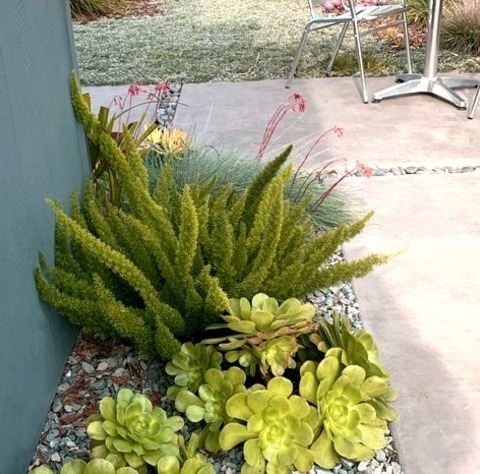
Ideas for a sizable, drought-resistant, full-sun, gravel garden path in a mid-century modern front yard in the spring.
0 notes
Photo
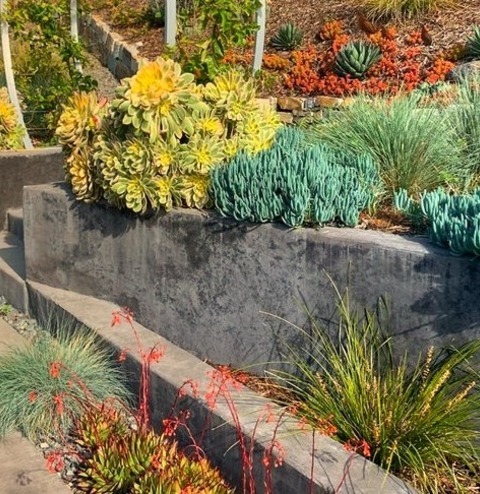
Landscape Here is an illustration of a sizable, full-sun, backyard concrete paver garden path in the spring.
#fescue grass#echeveria lipstick#senecio#landscape#lomandra breeze#concrete retaining walls#aeonium sunburst
0 notes
Photo
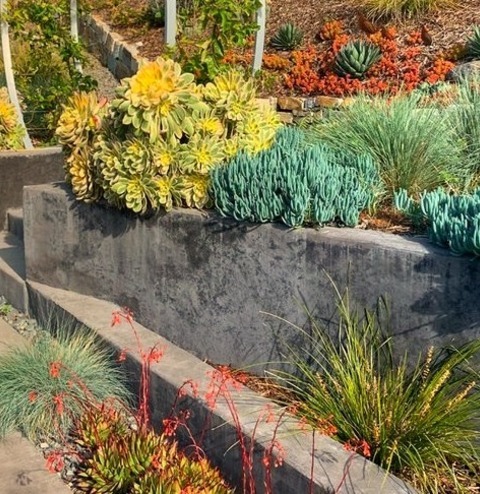
Pathway - Landscape
#Here is an illustration of a sizable#full-sun#backyard concrete paver garden path in the spring. landscape#fescue grass#circular arbor#lomandra breeze#blue chalk sticks#low water plants#echeveria lipstick
0 notes
Photo



(via Bermuda vs Fescue Grass: Your Ultimate Guide to a Lush Lawn)
Is your lawn looking more like a patchy desert than a green oasis? Don’t despair! The secret to a vibrant, healthy lawn lies in choosing the right grass for your specific climate and lifestyle.
0 notes
Text
turf grass my enemy

native grass my beloved

#switch grass u-u little and big blue stem u-u river oats u-u omg do i love river oats so much. so cute. path rush. blue joint grass#and yes i love blue joint grass bc it reminds me of weed. of course. indian grass. june grass. side oats grama. upland wild timothy#fox sedge. nodding fescue. canada wild rye. common hops sedge. and dont get me started on the oval sedges u-u#theres so many cool grasses. trust me. im a grass boy. but im more of a... plant the (native) grass and leave it alone type a guy.#WHATS THE POINT OF PLANTING GRASS IF YOU WONT EVEN LET IT MATURE ENOUGH TO SEE THE LITTLE BIRDS EAT THE SEEDS#HUH????????? WHATS EVEN --THE POINT-- THEN?????????????#whats the point *begging and pleading* of planting grass.... *on the floor. on my knees. crying.* if you wont even let it grow big enough#to build microbiomes as homes for small creatures like snakes and lizards and rodents and bugs and such ;-;#WHATS EVEN THE POINT THENNNNNNNNNNNNNNNNNNNNNNNNNNNNNN#grass my beloved ~AS IT IS~ and where it should be *clenches fist and a tear trickles down my cheek*
0 notes
Photo

Transitional Landscape - Fire Pit Summertime image of a medium-sized, transitional backyard with a fire pit and decking.
0 notes
Photo

San Francisco Landscape Pathway Here is an illustration of a sizable, full-sun, Mediterranean-style mulch garden path in the summer.
#boulders and plants#festuca siskiyou blue#plants for low water gardens#blue fescue grass#drought tolerant plants#water-wise plants
0 notes
Photo

Fire Pit - Landscape Summertime image of a medium-sized, transitional backyard with a fire pit and decking.
0 notes
Photo
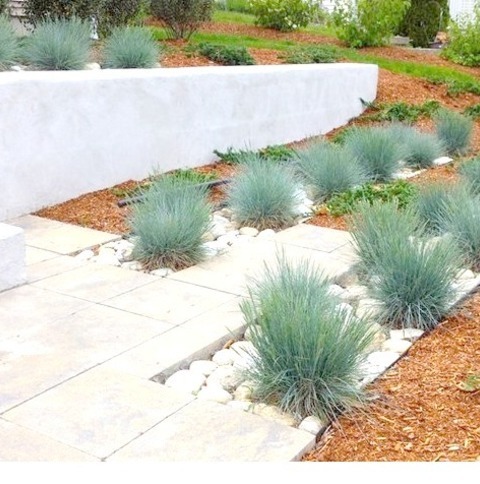
Contemporary Landscape Providence An example of a mid-sized contemporary partial sun front yard concrete paver garden path in winter.
0 notes
Photo
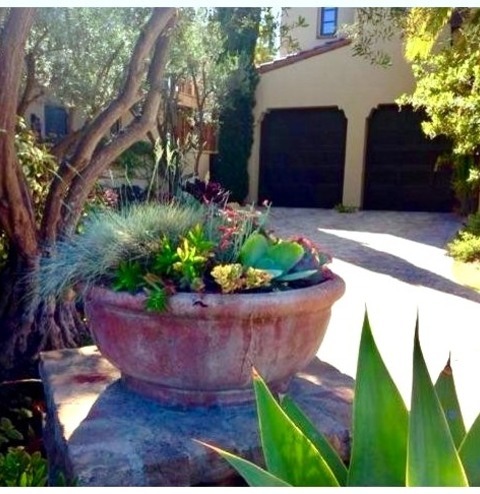
Front Yard - Natural Stone Pavers This is an illustration of a sizable traditional front yard stone landscaping in the summer that can withstand drought and some sunlight.
#purple fountain grass#container gardens#mediterranean-style design#blue fescue#front yard#succulents
0 notes
Photo

Front Yard Natural Stone Pavers San Francisco Design concepts for a modest front yard stone garden path that can withstand dryness and receives some sunlight in the fall.
#pavers and pebbles#clumping bamboo#clean landscape design#trailing plants#fescue grasses#updated pathway#dramatic plants
0 notes
Text
Moth of the Week
Antler Moth
Cerapteryx graminis

The antler moth is a part of the family Noctuidae. It was first described in 1758 by Carl Linnaeus. This moth gets its name from the antler shaped mark in its forewings.
Description This moth species has brown forewings, with a “basal streak” of white that branches out. This mark may vary in size per moth. The forewings show a mirrored pattern of the base brown broken up by the branches and a few spots and lines of lighter brown. The forewing also may or may not have black streaks. The hindwing is dark brown with a white fringe.
Males are smaller than females with fluffier antennae.
Male Wingspan: 27 - 32mm (≈1.06 - 1.26in)
Female Wingspan: 35 - 39mm (≈1.38 - 1.53in)
Diet and Habitat The larva of this species feeds on grasses such as Deschampsia, Sheep’s-fescue (Festuca ovina), Mat-grass (Nardus stricta) and Purple Moor-grass (Molinia caerulea). It has also been found on sedges and rushes. When the larva population is concentrated enough, they can damage pastures. Adults feed on flowers such as thistles and ragworts.
This species is common through most of Europe. It’s northernmost reach is Iceland and above the Arctic Circle. It’s easternmost reach is Siberia and North Mongolia. This moth does not occur in the dry southern regions of Europe. It has been introduced to North America. Additionally, this species inhabits the Alps. They prefer habitats of grassland, favouring acid upland pasture, moorland and downland.
Mating Adult moths are seen flying from July to September. They presumably mate in this time frame.
Predators This moth flies during the day, especially in the north, warm weather, and early mornings, and at night. They are presumably preyed on by both daytime and night time predators like birds and bats. They are attracted to light. To protect themselves during the day, this moth hides in the grass.
Fun Fact The antler moth rises to an altitude of 2100 meters in the Alps.
(Source: Wikipedia, Butterfly Conservation)
#libraryofmoths#animals#bugs#facts#insects#moth#lepidoptera#mothoftheweek#antler moth#Noctuidae#Cerapteryx graminis
202 notes
·
View notes
Note
Hey if your still doing the comfort fic thing can you do collection of hoodies with Ranchers? (You don't have to)
HI!! Took me a little to get to this one! Kind of based on the prompt rather than directly verbatim, but I hope you enjoy!
the collection of stolen hoodies (758 words) (x)
The slightly sticky, summer breeze blows warm across the rolling hills of the server. Despite the humidity, the wind offers a much needed reprieve from the still, stagnant air of the mines, and, shaking the water out of his hair still, is managing to dry Tango off as well. He easily rinsed a majority of the soot and grime from his hair and along his exposed arms, scrubbed black soot from his cheeks. Now, stripped down to his cargo pants and socks, Tango lies in the grass, his and Jimmy’s laundry out to dry. He’s spent a large portion of the afternoon clipping it carefully to the hastily constructed clothesline. It waved in the breeze, casting a shadow across his vision every now and again.
Despite this, Tango lies comfortably in the midday light, eyes shut. At some point he turns to dry his back, feeling the heat along his spine and the base of his tail. The grass is soft here, clover and fescue and dotted wildflowers over the hill, stretching further than what Tango can see with part of his face crushed into the soft earth. He lets his eyes shut for a moment, letting the wind and sun dry him off the best it can.
After a moment, Tango stretches, feeling his muscles pull as he twists his neck and pillows his arms under his head. If he’s going to get anything done today besides napping in the sun, much to his rancher’s chagrin, he should probably collect their laundry and give it a good shake before bringing it inside.
Peeling himself from the grass, Tango stands slowly. He stretches his arms above his head, twists back and forth to relieve some of the tension in his back. Scratching dully at his hair, strands still wet between his fingers, he wanders over to the clothesline, still padding barefoot through the soft grass and stepping stones. Most of the clothes are thoroughly dry as Tango begins to tug them from the line, but, notably, his sweater is damp at the fringes and the sleeves where chunks of shade block it from the midday sun. The humidity’s certainly to blame too, making the air ever so slightly damp as it blows through.
Tango frowns. On the line is Jimmy’s overshirt. It’s dry at every edge, and aside from being stiff from its line dry, it’s in perfectly good condition, and much too large for Tango to worry about stretching it out. Tango runs a thumb over the seam at the bottom, worrying the hem between his fingers. A good shake would get the stiffness out. Surely Jimmy wouldn’t mind if it went missing for a part of the afternoon at the behest of Tango’s decency, right?
Plucking it carefully from the line, Tango tugs the shirt around him. It keeps some of the wind off his back and the sun even moreso, despite the fact that he’s more littered with freckles than he’d ever though he would be in his life. It also smells, still, a little like wheat and grass and smoke, and Tango sighs against the shoulder he’s brought up to sniff and closes his eyes.
He’s addled for a moment with the idea of Jimmy trying to fit into his sweater in retaliation, and blinks his eyes open. The image of him trying to weasel his big arms in and stretching the fabric out. Tango was by no means tiny, but Jimmy was. Broad. For lack of a better term. Fitting into Tango’s clothes would be a feat deserving of an award. Tango snorts, rolling his shoulders. Maybe one day he could make them a sweater that fit both of them. Which really meant it would fit Jimmy first and Tango by extension—but regardless. It could be theirs. He could make a whole collection of them. Then they could really be set, and Tango could live out his life stealing clothes from Jimmy whenever he wanted to. Yeah. That sounded like a good plan.
A cheesy one, but one he was letting himself have, because, hey, he was feeling sentimental, and Jimmy had finally come to visit, and he was allowed to be happy to see him again, just as he did anyone else. Sighing to himself, Tango folds the rest of the clothes over one arm. Satisfied with the state of their dryness, he takes them, and himself, inside. He should at least give them a good shake and a nice fold before he started thinking about making any new clothes.
#tangotek#jimmy solidarity#trafficshipping#team rancher#solidaritek#rancher duo#hermitcraft#< i thiiiiiink. don't quote me idk where this fic takes place i didnt decide LOL#fics#text#mcyt#mcyt fic#hermitcraft fic#life series fic#this one was really fun!! kind of came at me spur of the moment#which was really exciting LOL#i literally just finished it like ten minutes ago#got all my ideas yesterday KJSDFHKSF#asks#ask prompts#that-random-bug#ty for the ask!! love da ranchers
32 notes
·
View notes
Text

Daniel Dewar & Grégory Gicquel, Embroidered quilt with earthworms, cockchafer beetle larvae, false barley grass, red fescue grass, poppy plants, meadow fescue grass, English ryegrass, cinnabar moth caterpillar, giant peacock moth caterpillar, hebe tiger moth, death’s-head hawkmoth caterpillar, magpie moth, giant peacock moth, death’s-head hawkmoth, cinnabar moth, sparrow and recorder, 2024, Cotton and polyester thread on linen fabric, cotton batting, 166.5 x 210 cm
53 notes
·
View notes
Note
I know that it’s limited what you can tell us at this point. Can you please give us some tidbit about Percy? I just really like him so much!
percy hates lawns. just hates them so much. he regularly stares at the lawns on campus with contempt. he's a natural grasses and plants guy only. if he had to pick, his favorite type of grass is fine fescue. i mentioned it before, but his favorite flowers are clovers and not actual flowers. he also likes moss. he thinks star moss is pretentious, which offends elio. he likes shiny seductive moss, water screw moss and ribbed bog mosses to name a few.
71 notes
·
View notes
Text
Flora, fauna, geography and environment of Arda Masterlist
Here are a collection of headcanons for an anon who asked for more environmental headcanons for the region of Nargothrond! I can do more in depth flora and fauna posts with specific categories; I’ve actually already started one for flowers!
More in the Nargothrond tag!
Disclaimer: I’m going with the likely climate and environment based on what information we have about the surrounding regions however, I’m always happy to do posts with ideas about what environment or ecology could be based on real locations like the one I did for the havens based on Southwestern Australia
Given that Tolkien was inspired in his plains and grasslands of a wide variety of places, everywhere from China to Britain to Northern Africa and the US, I’m imagining a wide range of biodiversity here in this plateau especially given the proximity to these two rivers. I don’t think that all of his grasslands have life from all these places necessarily but I do think there is the potential for more biodiversity.
I have some headcanons about bioluminescence in the caves of Nargothrond here and about the environment of western Beleriand more generally here!
-While the ecology of the Talath Dirnen or other parts of the region of Nargothrond is not described, we get some descriptions of the trees and plants around Amon Rûdh which is slightly northeast of Talath Dirnen.
-Average temperatures in fall and winter are one to twelve degrees Celsius or thirty to fifty five degrees Fahrenheit. Spring to summer are about twelve to twenty five degrees Celsius or fifty five to seventy eight degrees Fahrenheit
-The climate is temperate with cold winters and warm summers. Snowfall is typically an average high of six to seven inches or fifteen to seventeen centimeters
-Temperature is more stable within the caves though there are additional measures used for warmth during the coldest weather including expanding insulation
-As parts of the river Narog is underground, there are many unique species found there including salamanders like olms, cave amphipods, species of subterranean Nemacheilidae, Viviparous brotula, and Ictaluridae (cave dwelling fish) and roosting bats (mostly in the far uninhabited passages) as well as a variety of more invertebrates.
-The area surrounding Nargothrond is mostly prairie like grassland steppe and forested hills. The species of grass are primarily wheatgrasses, fescue, junegrasses and other species from the poa family
-The hills and open plain are made up of a variety of species including apera, Coleanthus, reed sweet grass, melica, veldtgrass, sages, weeping alkaligrass, and many species in the daisy family. Wild strawberry and musk strawberry, hawthorn, thistles, and meadowsweet are more possibilities for the more shrub like areas around the hills.
-We know from descriptions in The Children of Húrin that mountain ash grows in the surrounding areas. Rowan trees, also called mountain ashes. These trees are ecologically important in that their fruits feed a huge variety of animals including red foxes, spotted nutcracker birds, song thrushes, dormice, redwings, roe deer and other cloven hooved creatures, and more.
23 notes
·
View notes